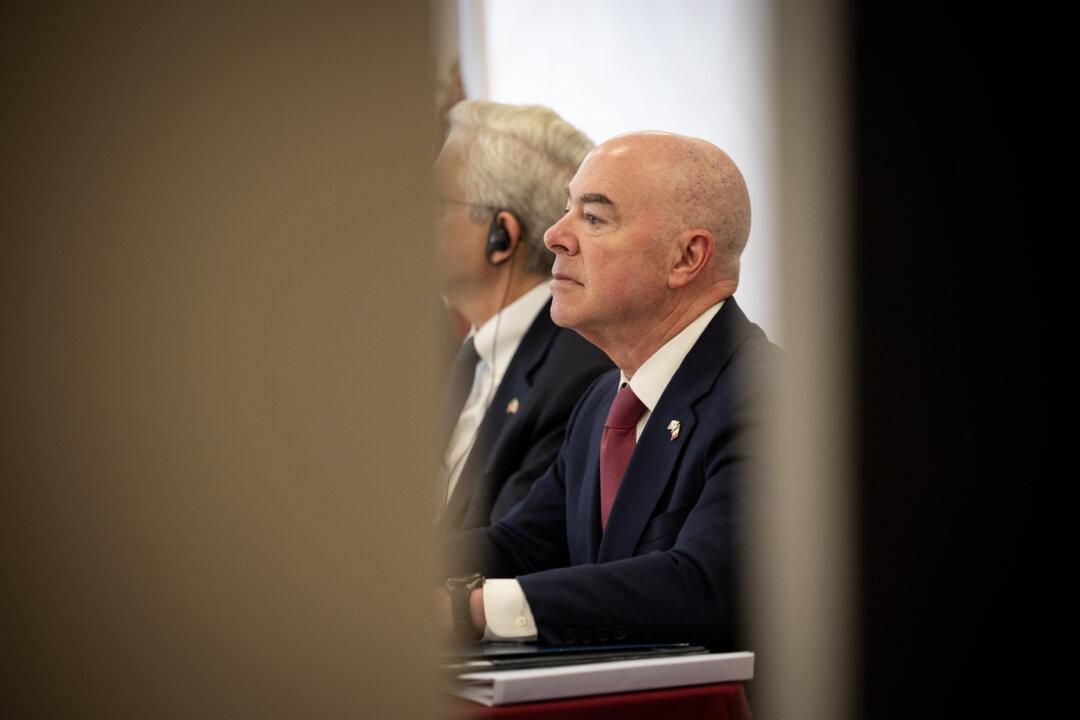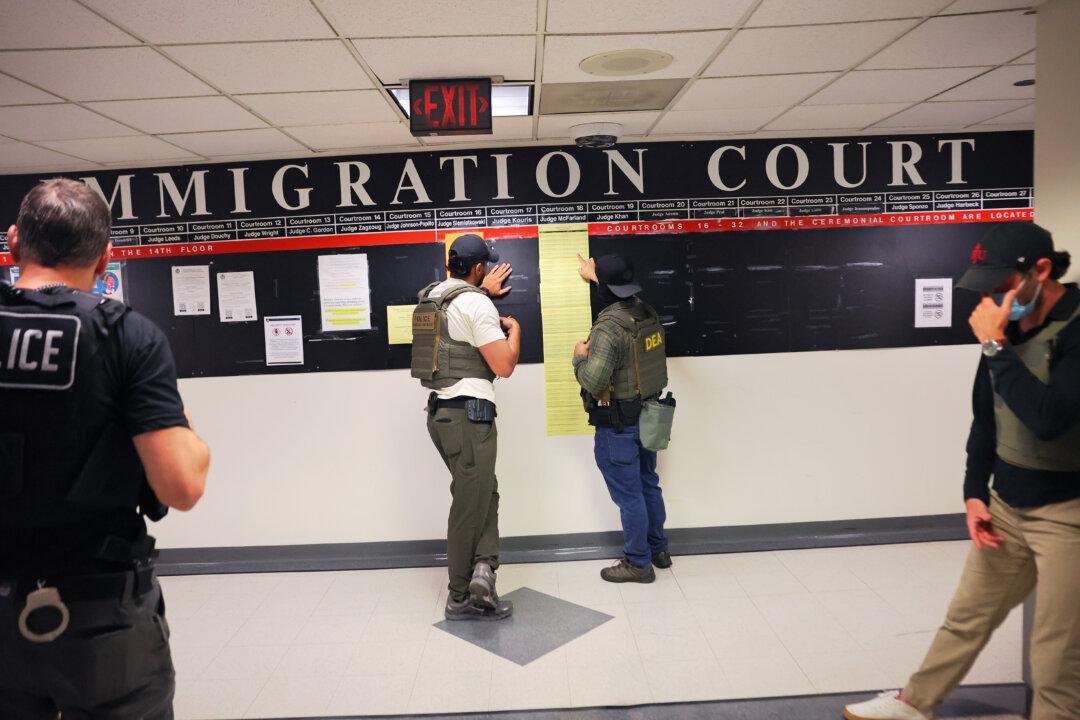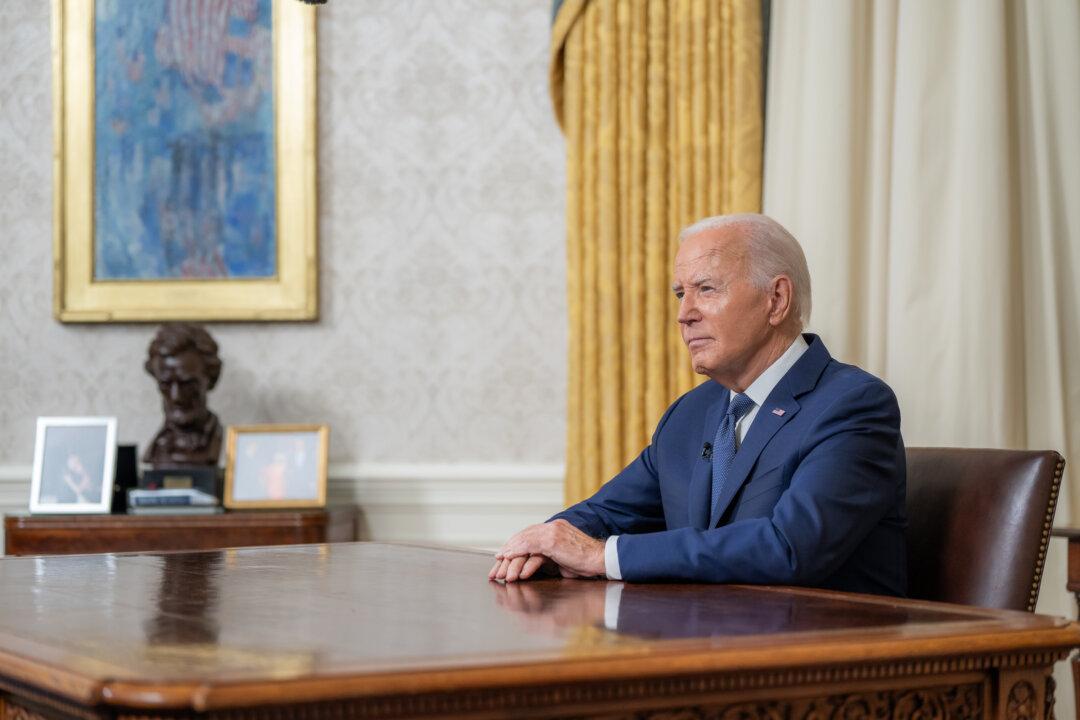News Analysis
Founded in 2020 in the aftermath of the George Floyd protests, the Black Legacy Project describes itself as “a musical celebration of Black history to advance racial solidarity, equity, and belonging.” It brings together artists of all backgrounds “to record present day interpretations of songs central to the Black American experience and compose originals relevant to the pressing calls for change of our time.”






